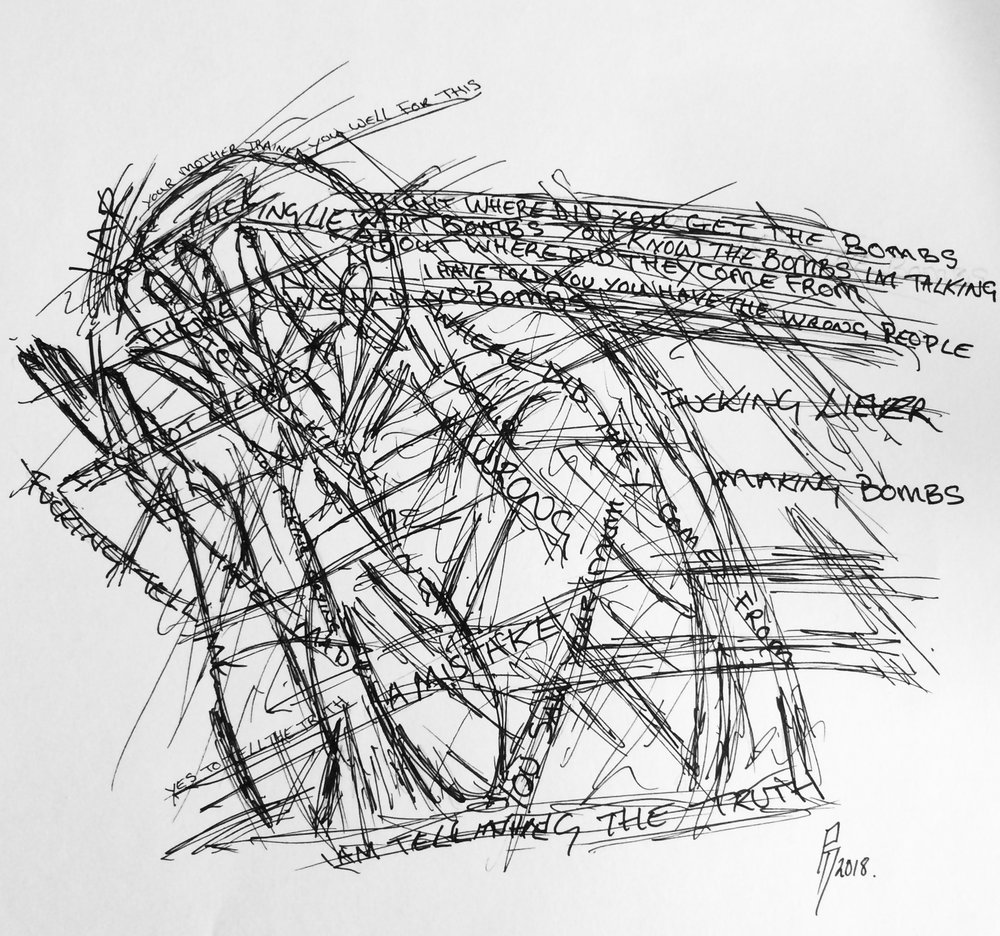Since its inception in 1997 the Criminal Cases Review Commission (CCRC) had, until today, only ever referred one case to the Court of Appeal more than once: the case of Tony Stock. We welcome today’s news that this number has doubled, with the CCRC just announcing its second-ever second referral, in the anonymised case of “Mr Z”.
Referring in parts to the CCRC’s narrow statutory duty, its chair Richard Foster touched briefly on this when he gave evidence in January to the House of Commons Select Committee on the work of the CCRC (see HERE): “We will refer at least one more case for a second time within the next few months. I would not be at all surprised if it is more than that”, he said. “The view I have always taken, and pressed very strongly within the commission and publicly, is that if we are in the grey area, we should always refer… I think it is right for the court always to have the option of saying that this referral should never have been made… .”
It has been suggested that the CCRC does not want to risk the wrath of the Court of Appeal by re-referring a case. Could that be a reason for just the single re-referral before today? When asked by the Select Committee Chair, Sir Alan Beith, whether the Court had often suggested that a referral should not have been made, Foster responded “Not in those terms…..We are sometimes reminded that a case we have referred is an extremely old case, slightly with the words hanging, “Why have you done this?”, but it has not been more direct than that.”
That appears to be at odds with the views on this of Laurie Elks, who was a CCRC Commissioner for its first 10 years.
A ticking off
In a 2010 article in the Justice journal (Miscarriages of Justice: a challenging view) he thinks it is fair to say that following the initial period when the Court of Appeal “enthusiastically welcomed” early referrals, the Court has subsequently “wearied of the CCRC’s referrals and has not hesitated to administer a prefectorial ticking off when it considers that the Commission has overreached itself” (PDF). He refers to cases “where judgements on CCRC references have been designed to “pass a message” to the Commission and stem the flow of similar referrals for the future.” Elks comments that the judgment in the case of Sharp was a “particularly vituperative attack on the Commission” and that as a result of “overoptimistic referrals” by the CCRC in that case and another, the Court restrictively restated earlier guidelines.
Of particular interest (and frustration) to those working on criminal appeal cases may be the potential unfair consequences of an appeal court routinely adopting an “atomistic” rather than a “holistic” approach.
The latter looks at the cumulative weight of evidence, compared to the former which looks narrowly at the impact of the new evidence. Elks considers that the problem for the Court with a holistic approach is that it leaves it far too open to re-open matters decided at trial, whereas the atomistic approach makes it more difficult for new evidence appeals to succeed, particularly in lurking doubt cases.
This line of thought leads Elks to discuss the Stock case, which until today was the only re-referral by the CCRC to the Court of Appeal. He mentions “such judicial intransigence” when relaying how the evidence in the Stock case, looked at holistically, is “totally threadbare”. In Stock, the Court chose at each appeal an atomistic approach. The Stock case strikes a chord with many of our cases at Cardiff, in that considered holistically we are of the view that there is considerably more than “reasonable doubt” about the safety of these convictions.
Elks, who acknowledged that in other cases the court has praised the Commission’s work in uncovering miscarriages of justice, retired as a Commissioner some seven years ago. Have things changed since then? Karen Kneller, chief executive of the CCRC, said in January 2014 to the select committee: “I think things are moving on. These days the court is less likely to consider the jury impact test, and is now more minded to look at the evidence and form the court’s own view, rather than try to second-guess what the jury might have done.” She mentions the “raising of a judicial eyebrow every now and then” in a relationship with the Court that is “constructive but critical friend-type”.
Although constrained by its statutory remit, does today’s announcement of its second-ever second referral to the Court of Appeal herald a new boldness by the CCRC? Veteran criminal appeals solicitor Campbell Malone in past years has expressed his concerns that “it is apparent that the CCRC frequently either misunderstands or overlooks the circumstances in which the [Court of Appeal] will exercise its discretion to receive evidence…”
Rules of the game
As regards Richard Foster’s comment that “if we are in the grey area, we should always refer…”, there are many of us who can quote more than fifty shades of grey area in far more than one worthy case, with Eddie Gilfoyle and Sue May at the top of that list. We have another “classic” case at Cardiff that has a place on that list, and which isn’t going to go away. Foster said of the Sue May case:
“The rules of the game are that, once you have referred a case, if you want to re-refer it you need something new over and above. We are now re-reviewing the case again. I know it has taken a long time and I regret that.”
Wishing to avoid a judicial ticking off may be understandable. But what if the rules of the game aren’t working; how does that sit alongside the CCRC’s publicly-stated vision (which Sir Alan Beith reminded them about at the Committee hearing): “To enhance public confidence in the criminal justice system, to give hope and bring justice to those wrongly convicted, and based on our experience to contribute to reform and improvements in the law”?
The artificiality and unfairness of those game rules arguably becomes more apparent when the court takes an atomistic approach. Surely there is room within its statutory remit for the CCRC to interpret more creatively what it considers to be a “grey area”?
Would the CCRC routinely consider re-referring cases to the Court of Appeal where it has previously had sufficient concerns about a case to refer it once, and where subsequently issues are raised that might not obviously be classed as “new”? Let’s hope so, for the sake of Eddie Gilfoyle and others on that list of previous unsuccessful referrals, although it is sadly too late personally for Sue May and Tony Stock, who both died without their convictions being overturned.







